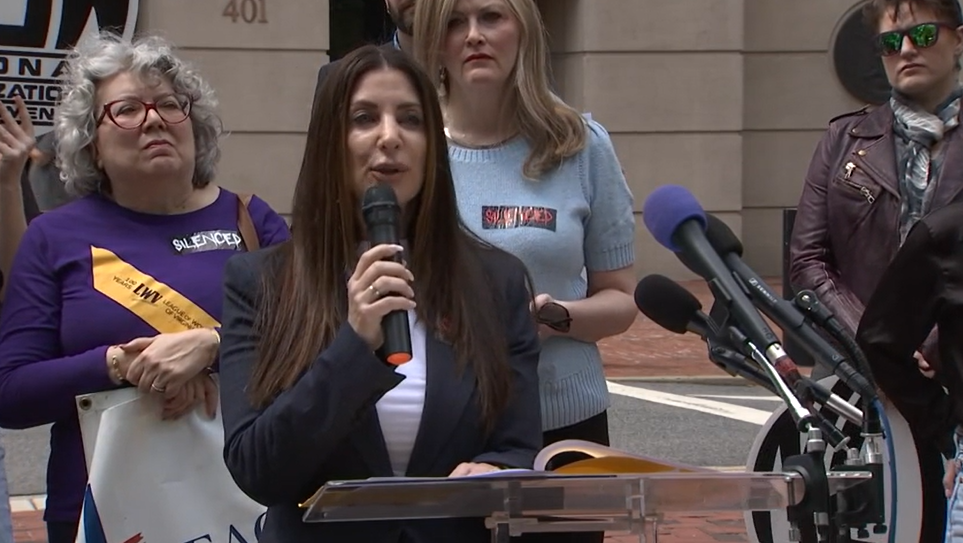The derailment of an empty Metro train outside the Smithsonian station earlier this month was caused by a combination of equipment failure and human error, according to a Metro report released Friday.
The report says the root cause of the Aug. 6 derailment was the failure of fasteners that hold the rail in place -- but a technician "erroneously deleted" information about the problem from a maintenance report.
Metro had previously said that the problem was detected a month before the train derailed and nothing was done. Friday's report cites the deletion as the reason why.
"It should not have taken a derailment for WMATA to identify the potential for human error in the track inspection process," said Rep. Chris Van Hollen, D-Md., who demanded immediate action to solve problems mentioned in the report.
No one was injured in the derailment, which occurred during the morning rush hour as the train was preparing to go into service. The incident snarled the morning commute and renewed calls from members of Congress for major safety improvements on the nation's second-largest transit system.
The transit agency said an employee was using a track geometry vehicle (TGV) that identified a "Level Black" rail defect July 9. According to Metro, "Level Black" defects are those that must be "addressed immediately because the track is at risk of failure if operations continue."
But Metro says the employee deleted information about the defect from a report given to maintenance crews, and according to protocol, the report with the deleted information wasn't subject to review by a Metro supervisor.
Local
Washington, D.C., Maryland and Virginia local news, events and information
Metro said Friday that the "underlying data" wasn't analyzed by other Metro departments until after the derailment.
"In reviewing the TGV inspection process, we have learned that the derailment was caused by a combination of human error and flawed Metro processes," said Safety Committee Chairman Michael Goldman in a release. "While the employee believed he was deleting a routinely detected anomaly and not an actual rail defect, that such a serious error went undetected with no checks and balances in place reveals gaps in Metro's safety policies and procedures."
Metro said that in addition to the broken rail fasteners, the wide gauge condition of the track was a contributing factor in the derailment. That was also detected July 9 and was not repaired due to the TGV operator's error, Metro said.
The transit agency said it's still investigating why those two factors weren't detected by Metro track walkers who inspected the area multiple times between the July 9 TGV run and the Aug. 6 derailment.
Metro said Friday that it's conducting a "comprehensive inspection" of all tracks in its system and is repairing any track defects.
"In addition, we are making track walker inspections more robust, and a third-party expert has been hired to review the engineering assumptions associated with the cause of the derailment," Metro said in a release.
Metro's Safety Committee will hold a special meeting Thursday.



